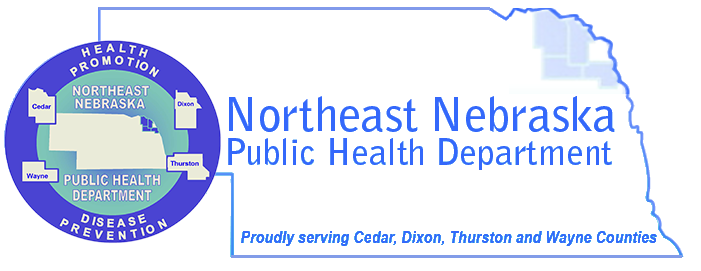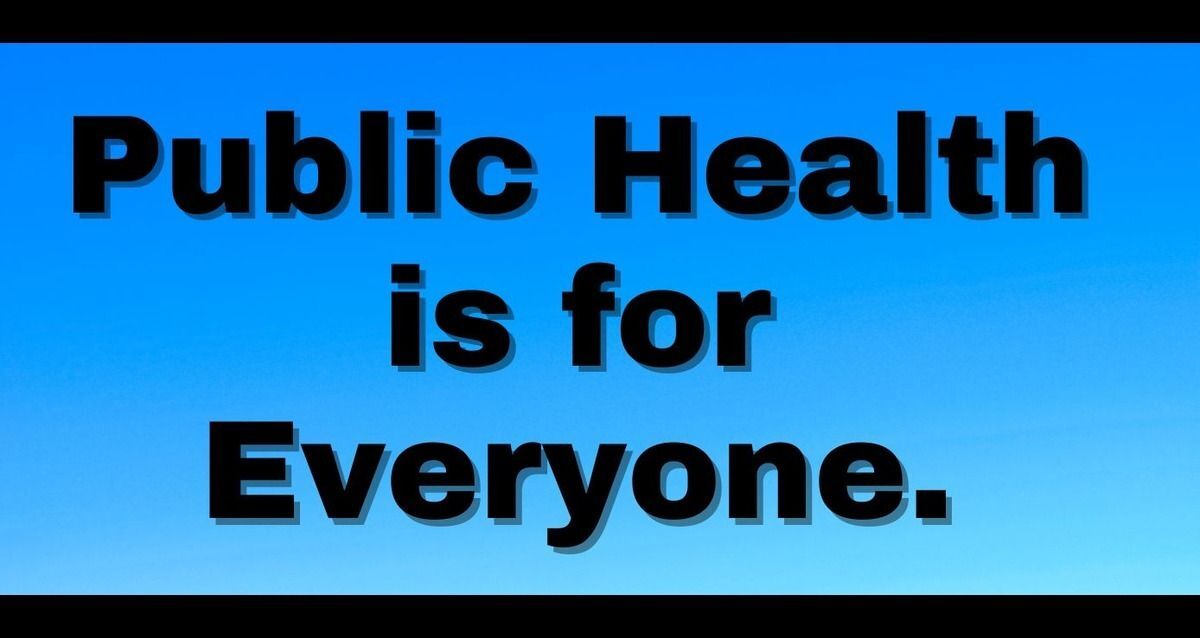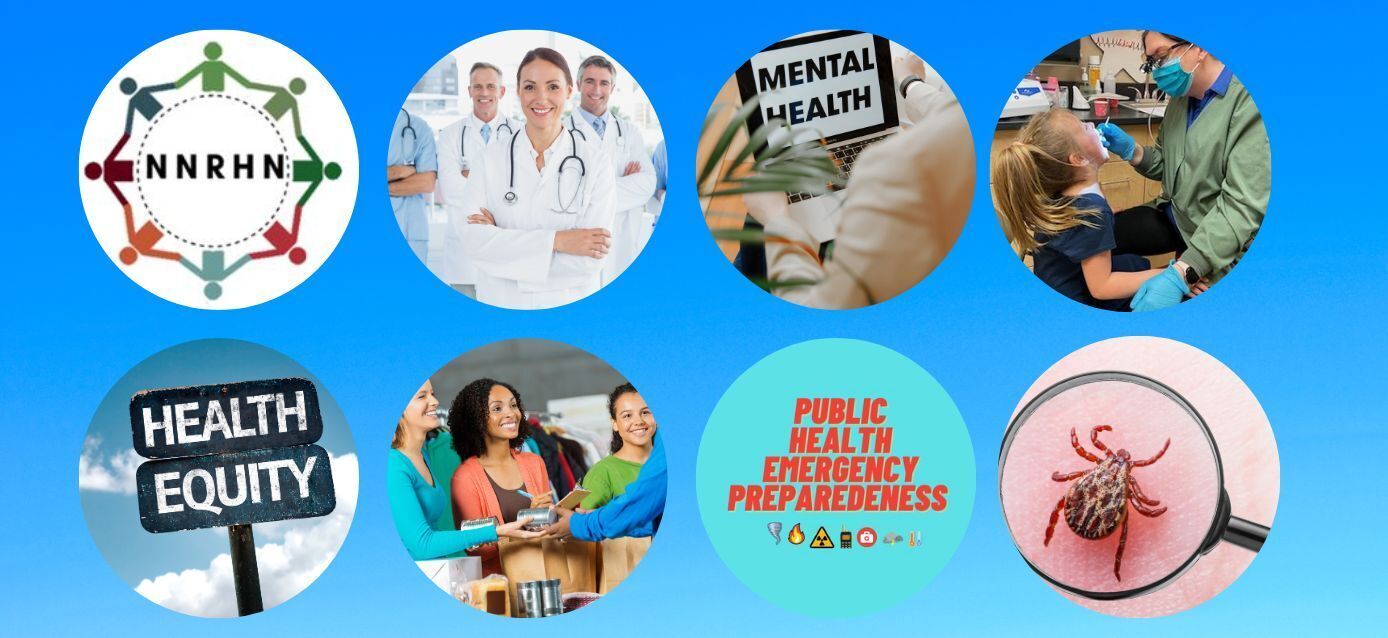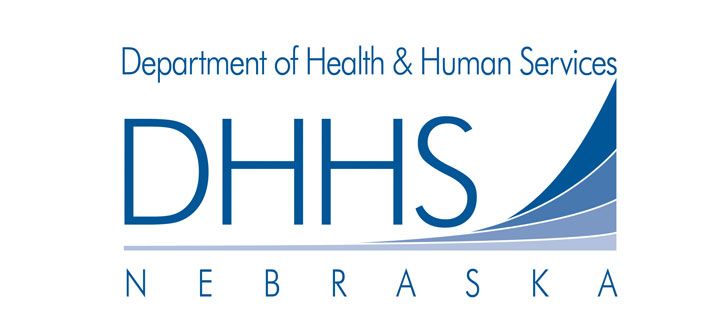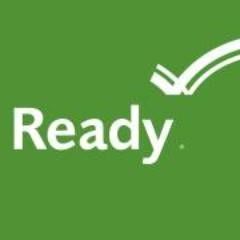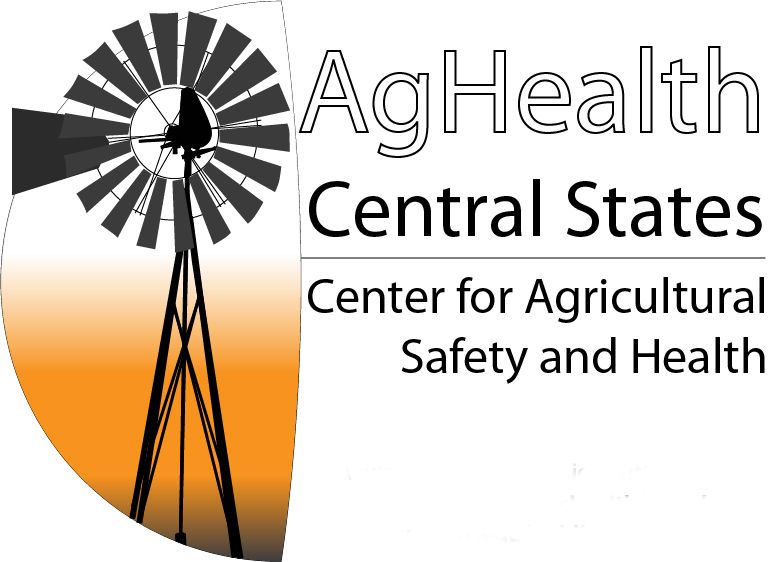A Day in the Life of the NNPHD Staff
Public health work is never dull or boring. The wide range of issues in Public Health calls for staff to know about a wide variety of health topics. Here is a normal day at the NNPHD office:
7 a.m. A NNPHD staff is collecting the mosquitoes that flew into traps that were set the night before in trees and fields near Ponca and Wayne. The mosquitoes are sorted back at the office, packed in dry ice and shipped to the Nebraska Public Health Lab at the University of Nebraska Medical Center in Omaha where they are tested for West Nile and other viruses mosquitoes may carry and spread. This is an example of how we gather information about diseases.
8 a.m. Check emails: The Center for Disease Control (CDC) and Prevention’s EpiX listserve shows that there is an outbreak of salmonella in a few surrounding states, a case of measles has been identified in another state, and lab-confirmed human cases of West Nile Virus are starting to be reported.
9 a.m. A Public Health Nurse makes a phone call to a person in the health district: “This is the Public Health Nurse from Northeast Nebraska Public Health Department and I hear that you have recently been sick with vomiting and diarrhea. I have some questions for you about your illness; is this a good time for you to talk with me?" This person went to a potluck dinner where a few other people also said they had the same symptoms three to four days after the event. The person’s story is taken, other contacts are listed, and a review is written of foods the person ate in the past few days for further investigation. Could this small cluster of illness be linked to the Salmonella outbreak read about earlier?
10 a.m. A person living in the area calls in because their pet dog just encountered a skunk and the dog had not been given his rabies shot. The Public Health staff tells the caller the next steps to take to best protect all people and animals from getting rabies.
10:30 a.m. A homeowner in Laurel stops by the office while they are in town for a radon kit to test the levels of radon in their home. A test kit and a what-to-do list are given to the person.
11 a.m. A staff member calls volunteers for disaster response to make sure contact information is correct and the Emergency Response Plans are up-to-date. This exercise is to make sure the names and contact information of citizen volunteers in the ERP are up-to-date and correct in case their help is needed during a real Public Health emergency.
Noon A meeting with hospital nursing management was held to talk about the health literacy program that is designed to help patients know and understand their illnesses better. The nurses request to use the health literacy software program to ensure that their newly designed hospital forms are easy to understand.
1 – 5 p.m.
· The Program Coordinator is in a webinar video meeting about injury prevention programs for older adults.
· The Health Director is on a statewide telephone meeting about the new Oral Health program guidelines and reports.
· A Community Health Worker (CHW) is helping one of the public health nurses as she helps residents get needed health care and programs.
· Another Community Health Worker is meeting with a local group providing a class about weight management.
· The Emergency Response Coordinator is working with partners to plan an emergency response drill to take place between the public health department, the hospitals, the county Emergency Managers, area law enforcement and others.
· And the Administrative Assistant is preparing reports for the upcoming Board of Health meeting.
6 – 7 p.m. The last public health staff members leave the office for the day…taking reports with them to work on after the evening meal.
